PROTECT YOUR DNA WITH QUANTUM TECHNOLOGY
Orgo-Life the new way to the future Advertising by AdpathwayAs we enjoy the final rounds of the summer harvest, putting fresh-picked tomatoes, cucumbers, peppers, and squash behind us, there’s much to look forward to in the fall harvest.
From what to grow to when to plant a fall garden, honing in on the selection now gets us garden-ready. And, we can look forward to cool days after the sun-baked, dog days of summer.
When to plant in the fall relates to your first anticipated frost date and the hardiness and temperature preferences of each selection. We may get in a successional sowing of warm crops before chilly conditions, or begin to plant root vegetables that sweeten after a frost.
Timing the transition from the heat of summer to cooler conditions is a balancing act we’ll navigate here to guide the process. With fun and reliable crops and a handy calculation for when to plant a fall garden, the foundation for successful harvesting is set.
Mantanghong Watermelon Radish
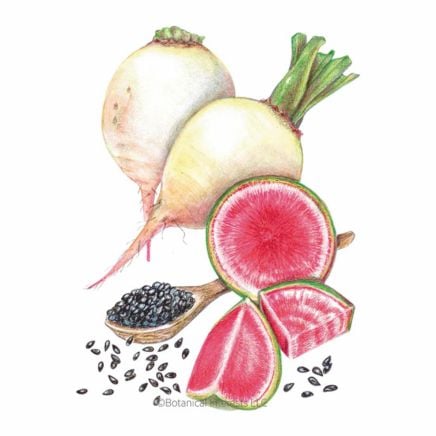
Mantanghong Watermelon Radish Seeds
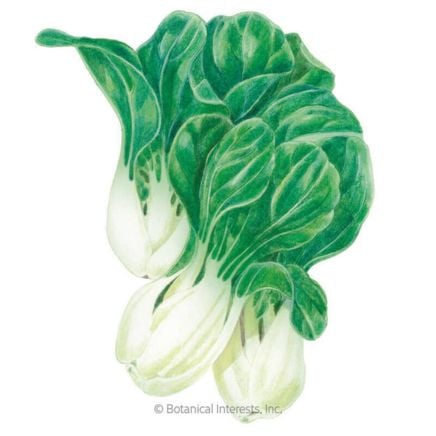

What to Grow in Fall
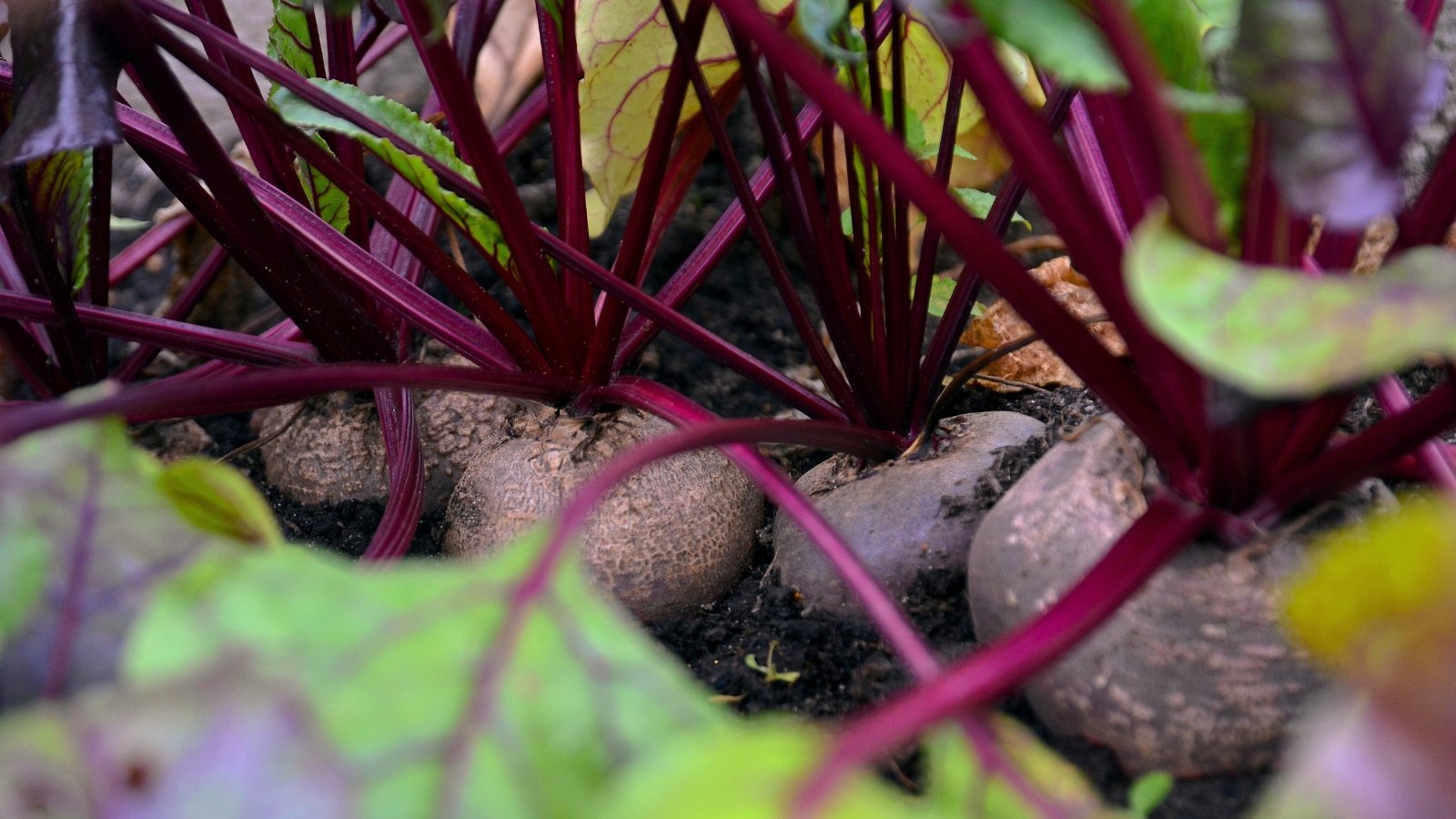 Choose the perfect vegetables for your climate for success.
Choose the perfect vegetables for your climate for success. While selection varies based on your growing zone and climate, fall-planted crops are those that do best as the days get shorter and cooler.
Many of us rely on root vegetables for fall growing. Asian greens, too, bring fast returns on nutrient-rich, flavorful harvests versatile in cuisine. Cold-hardy species like Brassica tolerate frost and taste better for it.
Root vegetables like carrots can even store in the ground into winter.
Root vegetables to grow in the fall include:
- Beets
- Carrots
- Parsnips
- Radish
- Turnips
Other fall vegetables to sow include:
- Bok choy
- Broccoli
- Caulifower
- Chard
- Collards
- Kale
- Spinach
- Peas
Variety Selection and Timing
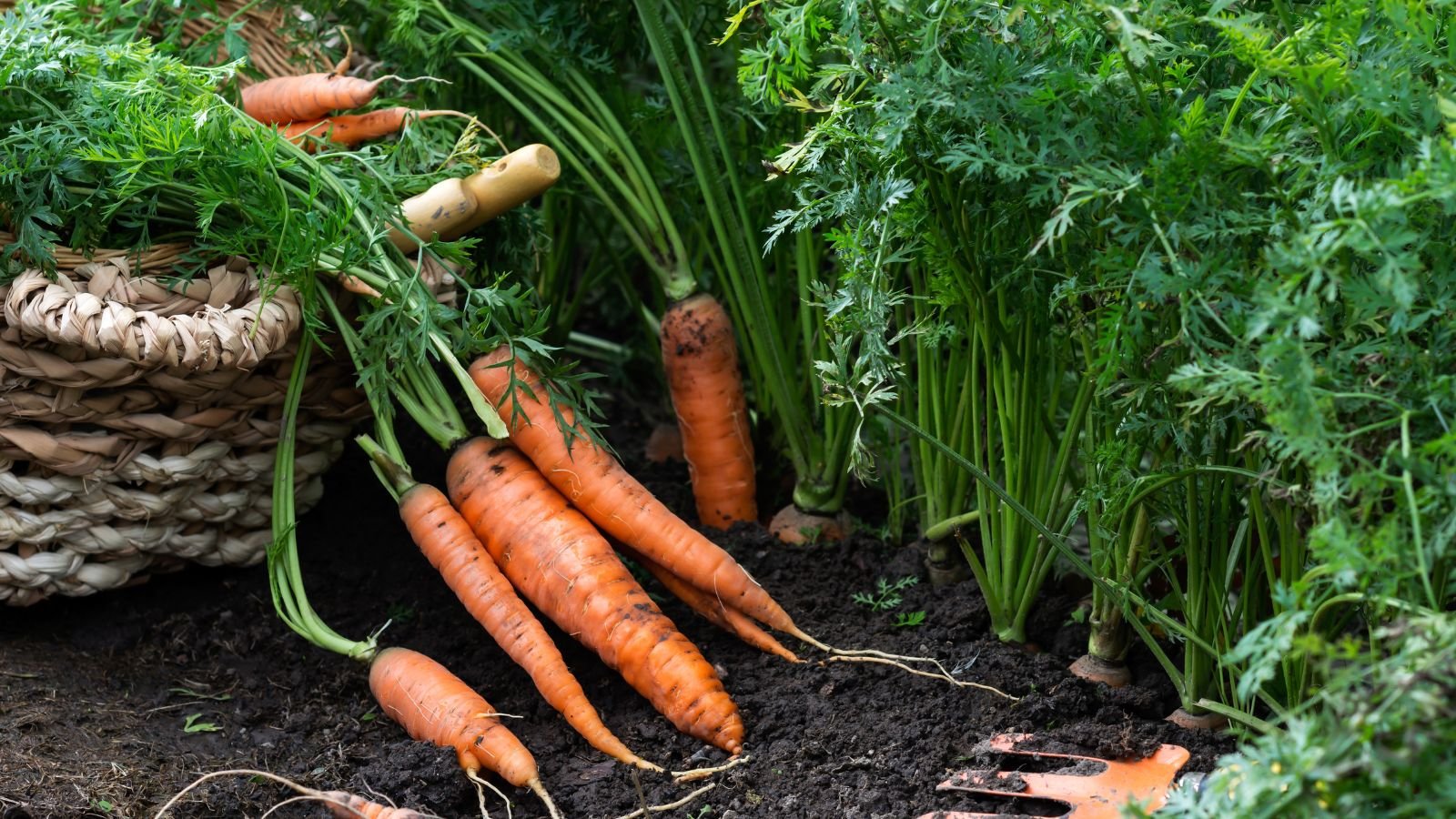 Use your frost date to determine the right timing.
Use your frost date to determine the right timing. Different varieties of our fall favorites mature at varying rates. Early selections can develop in as little as 30 days (think petite radishes or baby spinach), while others are longer-developing. Calculating our frost date with their days to maturity is key to choosing the right vegetables and determining when to plant your fall garden.
It can be tricky to time seed-starting just right when we’re faced with hot, dry temperatures in late summer, moving into cool, damp conditions of early fall. Three factors help determine our timing: growing zone, fall’s first anticipated frost date, and the length of time it takes our selections to mature.
For frost-sensitive crops, we need to act before frost sets in to fully enjoy the yield. For frost-hardy plants, we’ll want to wait until summer heat passes to give seedlings the cool conditions they need to thrive.
First Frost Date
 Frost-tender crops need time to mature.
Frost-tender crops need time to mature.Your area’s first anticipated frost date is an estimate based on climate data that provides a scope of when heavy frost is likely. It doesn’t account for microclimate or specific site conditions, but it is valuable in determining when to plant your fall garden.
Some cool-season selections perform best in chilly conditions that lead up to the first frost, and frost-tolerant crops even sweeten with a freeze. Frost-tender crops need pulling before the frost arrives.
Consider crop covers or a cold frame to extend the season in cool weather, whether in the ground or raised beds.
Days to Maturity
 You’ll find the information you need on your seed packets.
You’ll find the information you need on your seed packets. “Days to maturity” measures the length of time it takes the plant to fully develop and produce ripe fruits. The seed packet or varietal information lists the number of days for production. Use this length of time in coordination with the first frost date to determine when to plant a fall garden.
Count the number of days out from the frost date (or ask Google to). If you live in zone 8 and your frost is in late November, selections that take 60 days to mature benefit from a late August or early September sowing.
These guides reflect optimal growing conditions, and we’ll cover variables to factor in to better time the planting.
Calculating When to Plant in Fall
 Use the information about your region and crops to plant.
Use the information about your region and crops to plant. 
To make the timing more precise, Kevin uses a basic calculation to determine exactly when to plant in the fall. The calculation starts from the end, counting backward from the first frost while taking into account variables that affect growth. The goal is to make sure there’s plenty of time for the crop to grow and produce a viable harvest within its seasonal parameters.
To figure out when to plant a fall garden, we’ll consider:
- Days from seed to transplant
- Days from transplant to harvest
- Harvest period
- Fall factor
- Frost tenderness
- First frost date
Days from seed to transplant reflect the time to germination. In the fall, we can direct sow many crops and can skip this count if so (it becomes “0” if you’re direct sowing). If you start the seeds in trays to move to the garden, it’s helpful to include these weeks. The days from transplant to harvest account for the remainder of development, or from direct sowing.
The harvest period relates to cut-and-come-again crops like kale with ongoing production. Crops that don’t produce all at once may span a few weeks of harvesting. Including the harvest timeframe in when to plant a fall garden lets us ensure we have ample time before a hard freeze. Root vegetables like carrots are ready all at the same time (or nearly so), so allowing for weeks of harvesting needn’t be calculated.
The fall factor is more general and refers to conditions that affect the crop’s growth, particularly as the days become progressively cooler and shorter. With less sun and colder temperatures, growth slows. Add in a little time to cushion these seasonal delays.
In mild climates, 7 days is an average length of time to consider. In colder climates, go with 14 days to account for a shorter growing season. Fall factors add a week or two to growing time as the actual days to harvest slow.
Frost tenderness relates to crops that are sensitive to frost and even cool temperatures. In areas with long growing seasons, you may be able to get away with another round of beans and squash before chilly weather. It’s important to know these won’t survive when temperatures dip. A week or so as a buffer accounts for frost-sensitive plants. For frost-tolerant crops, there’s no need to add buffer time.
The first frost date is key to knowing the amount of growing time in the fall season. It’s the benchmark for all the other factors on when to sow.
Example
 Turnips are a good option for fall gardens.
Turnips are a good option for fall gardens. To run an example through the formula, we’ll plan to grow the sweet, crisp delicacy of Japanese salad turnip ‘White Lady’. Let’s say we’re growing in zone 7b with a first anticipated frost at the end of October.
- Days from seed to transplant: 0 (direct sowing)
- Days from transplant to harvest: 40 days to maturity
- Harvest period: 0 (turnips are ready to harvest all at once)
- Fall factor: 14 days
- Frost tenderness: 0
- First frost date: October 29th (early end of the range)
So, we need to count approximately 54 days backward from October 29th to gauge when to plant. With a quick Google or calendar check, the suggested last sowing date is September 5th.
Germination Tips
 Seeds need moisture to germinate.
Seeds need moisture to germinate. While many seeds benefit from warm temperatures to germinate, seedlings must weather fluctuating seasonal conditions as we move from summer to fall.
Keep root vegetables moist as they germinate. The tiny sprouts won’t rebound if they dry out, which happens easily on lingering warm days after seeding. A lightweight fabric helps them retain moisture against warm or sunny afternoon conditions as they form stronger roots.
Starting seeds indoors gives the advantage of moderate conditions without exposure to late summer elements like high heat or pounding rains, or the opposite, dry spells. Indoor sowing also means a devoted growing area, more intensive management than direct sowing, and related supplies. Some crops with extensive tap roots (like root vegetables) are best with direct sowing.
The best location for most cool-season seeds to germinate is a bright spot with temperatures between 60-70°F (16-21°C). The warmth level varies depending on the species and variety, so it’s best to check the variety for specifics.


 19 hours ago
15
19 hours ago
15
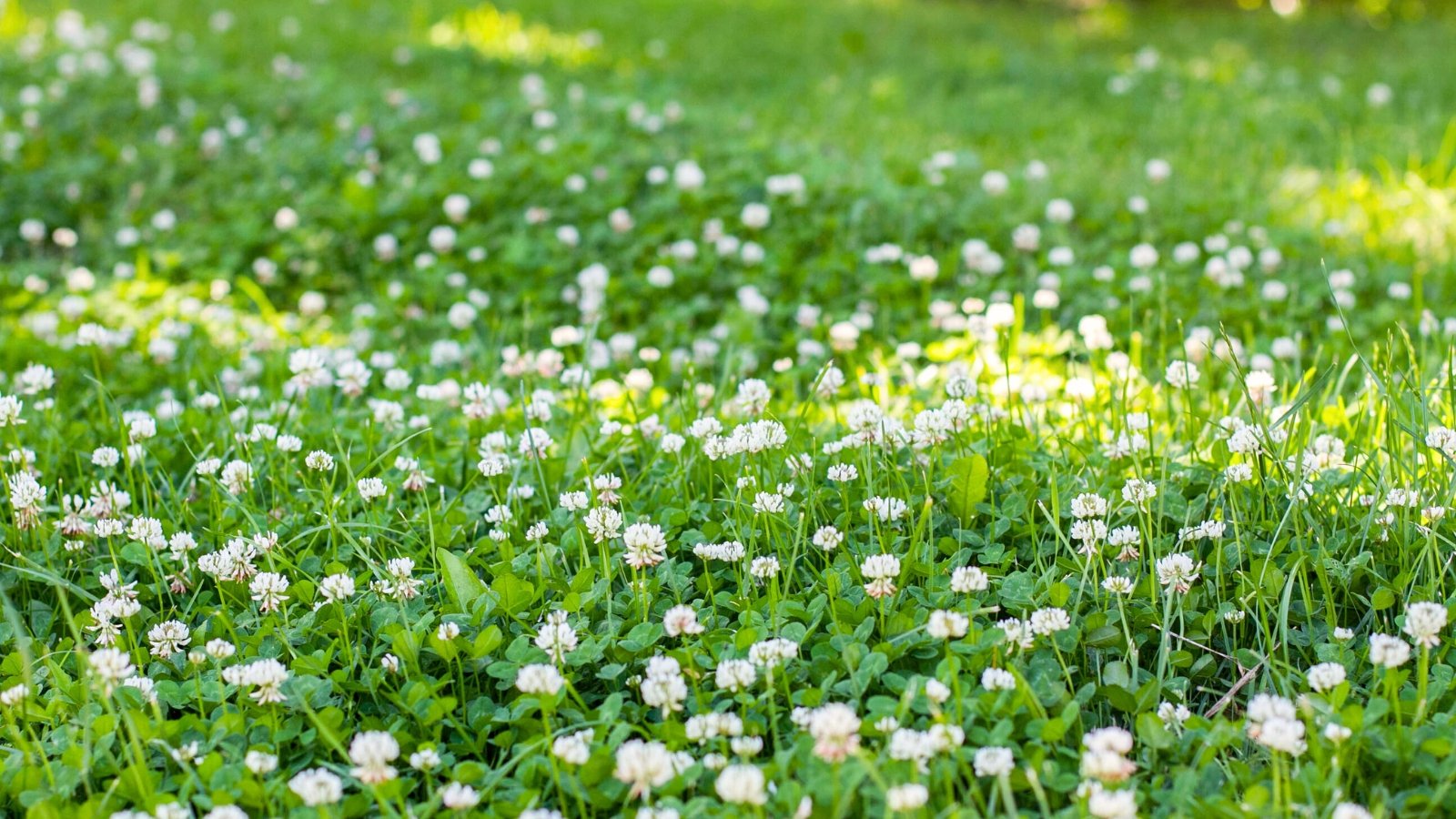

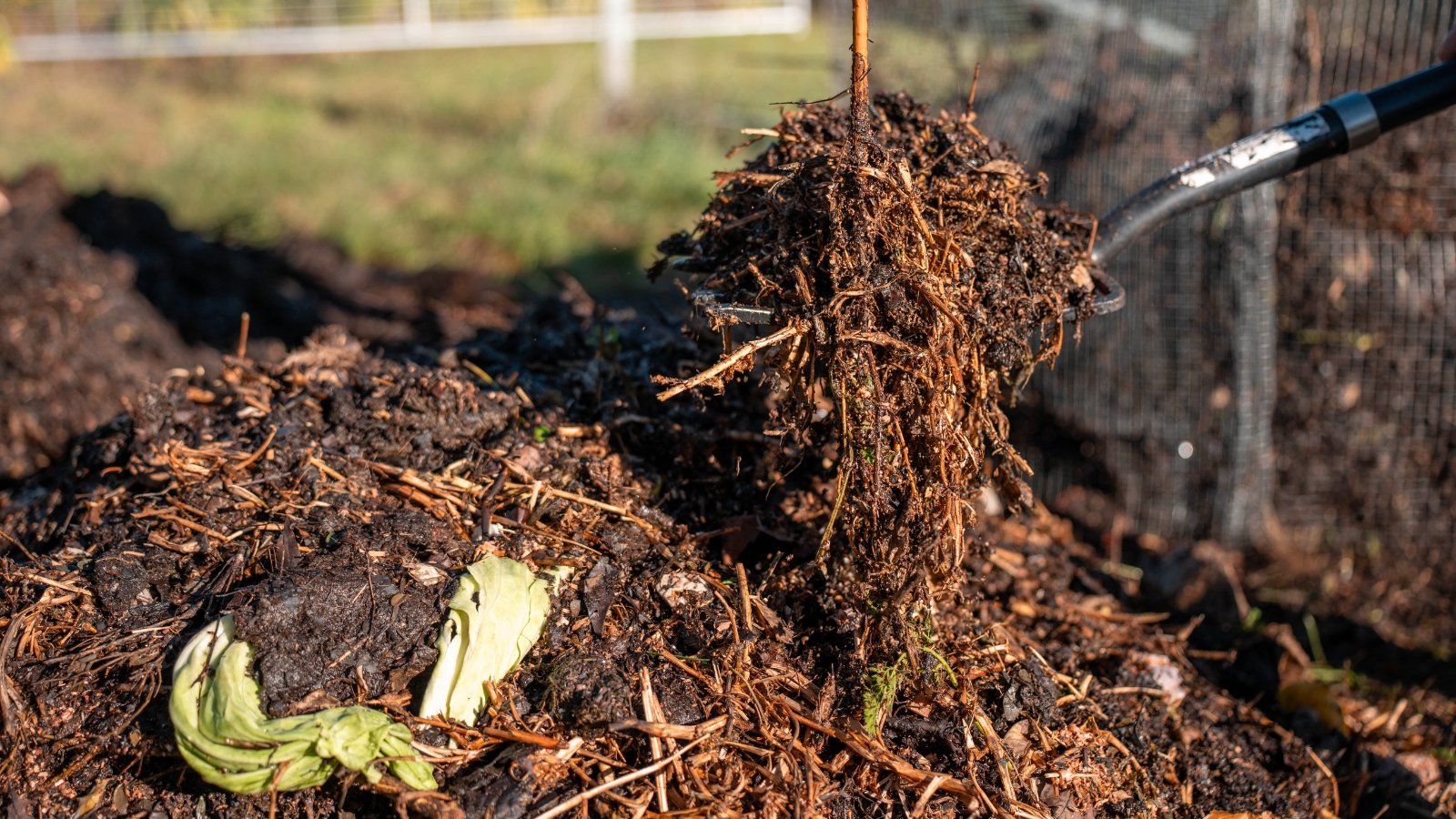


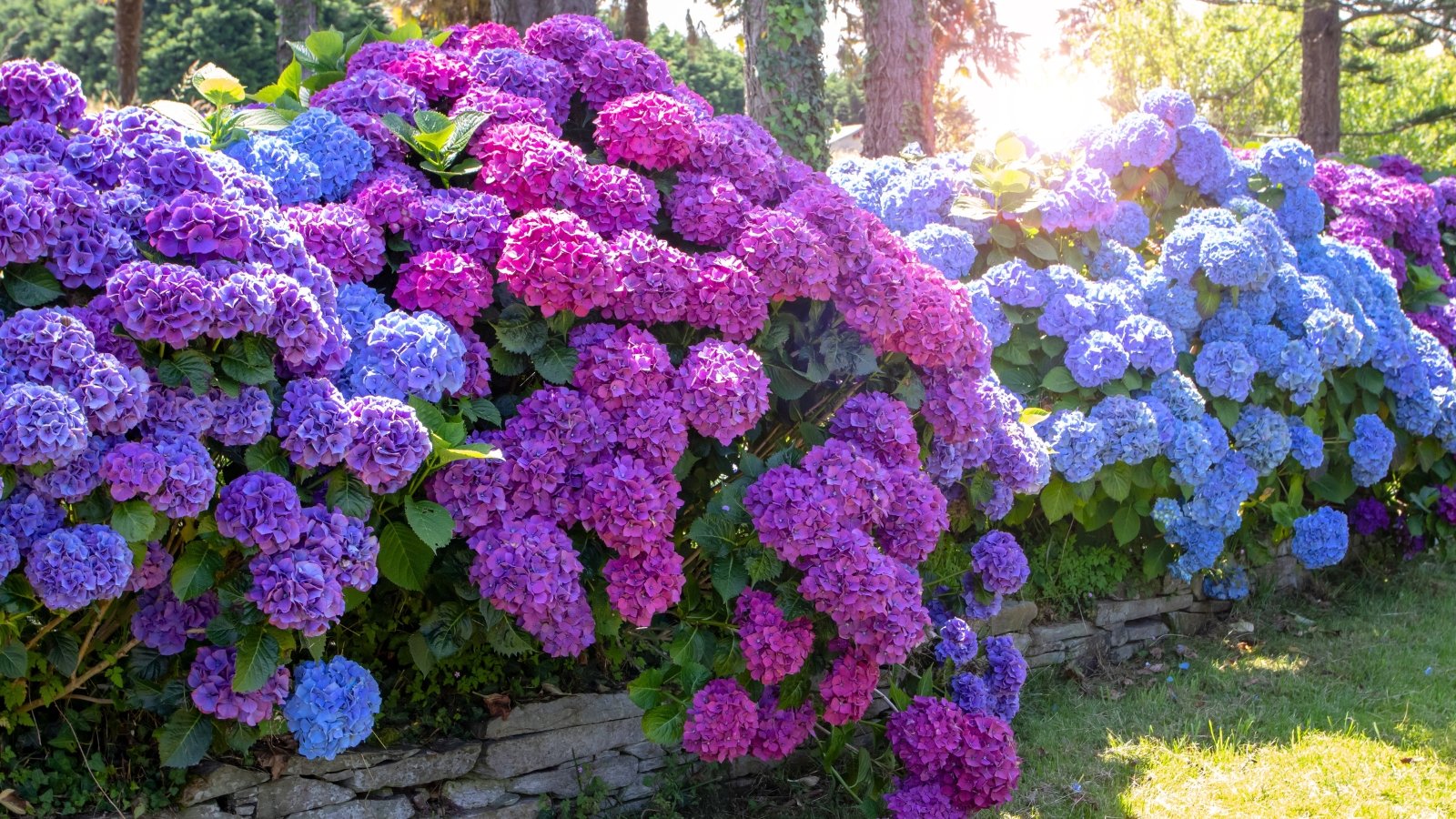















 English (US) ·
English (US) ·  French (CA) ·
French (CA) ·